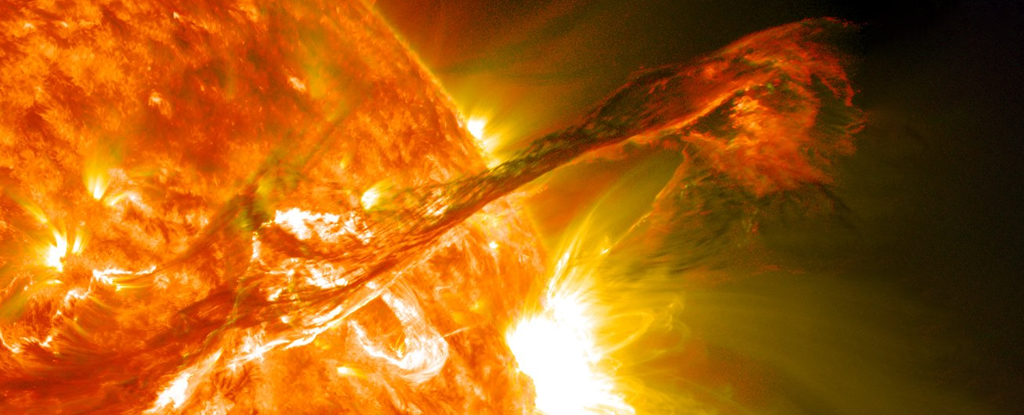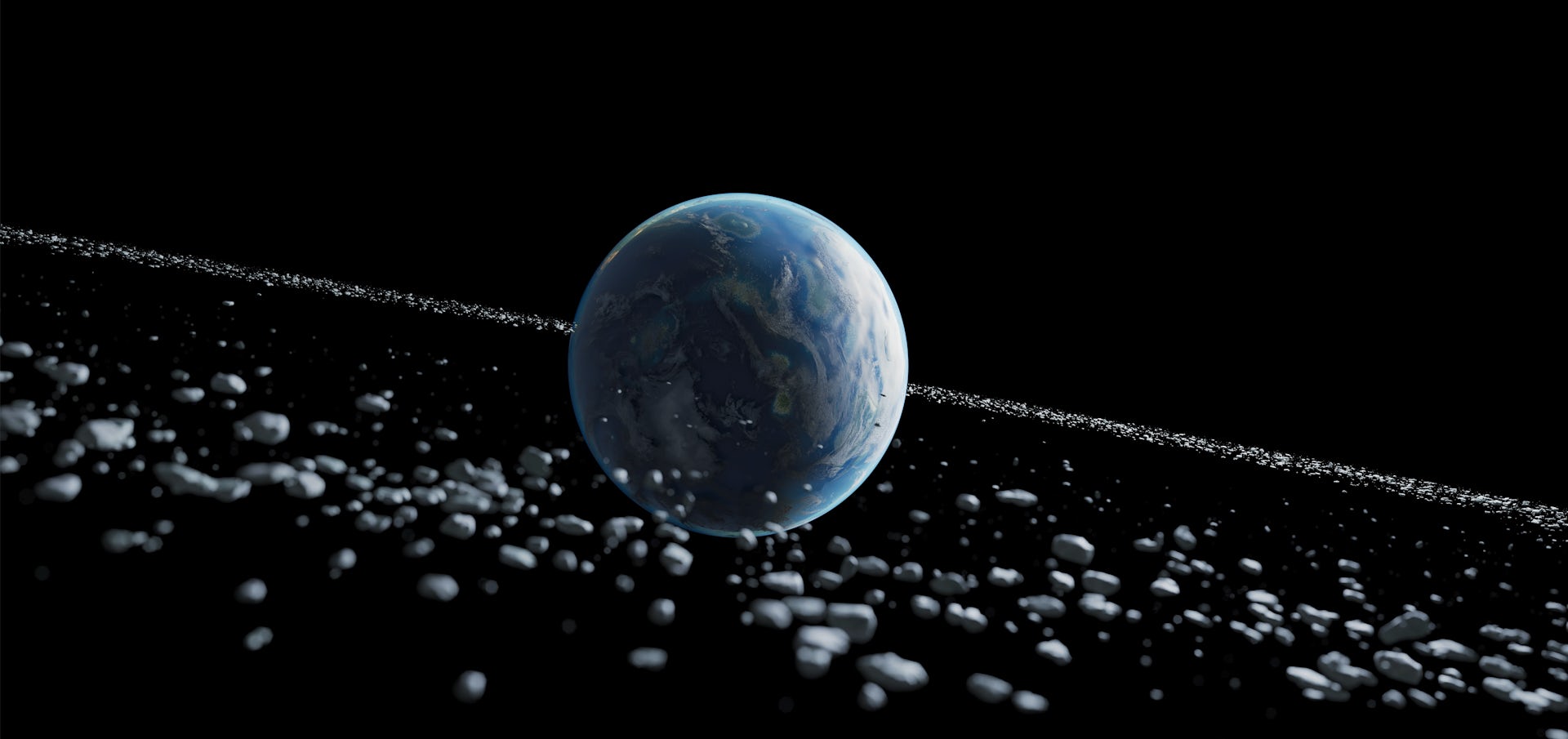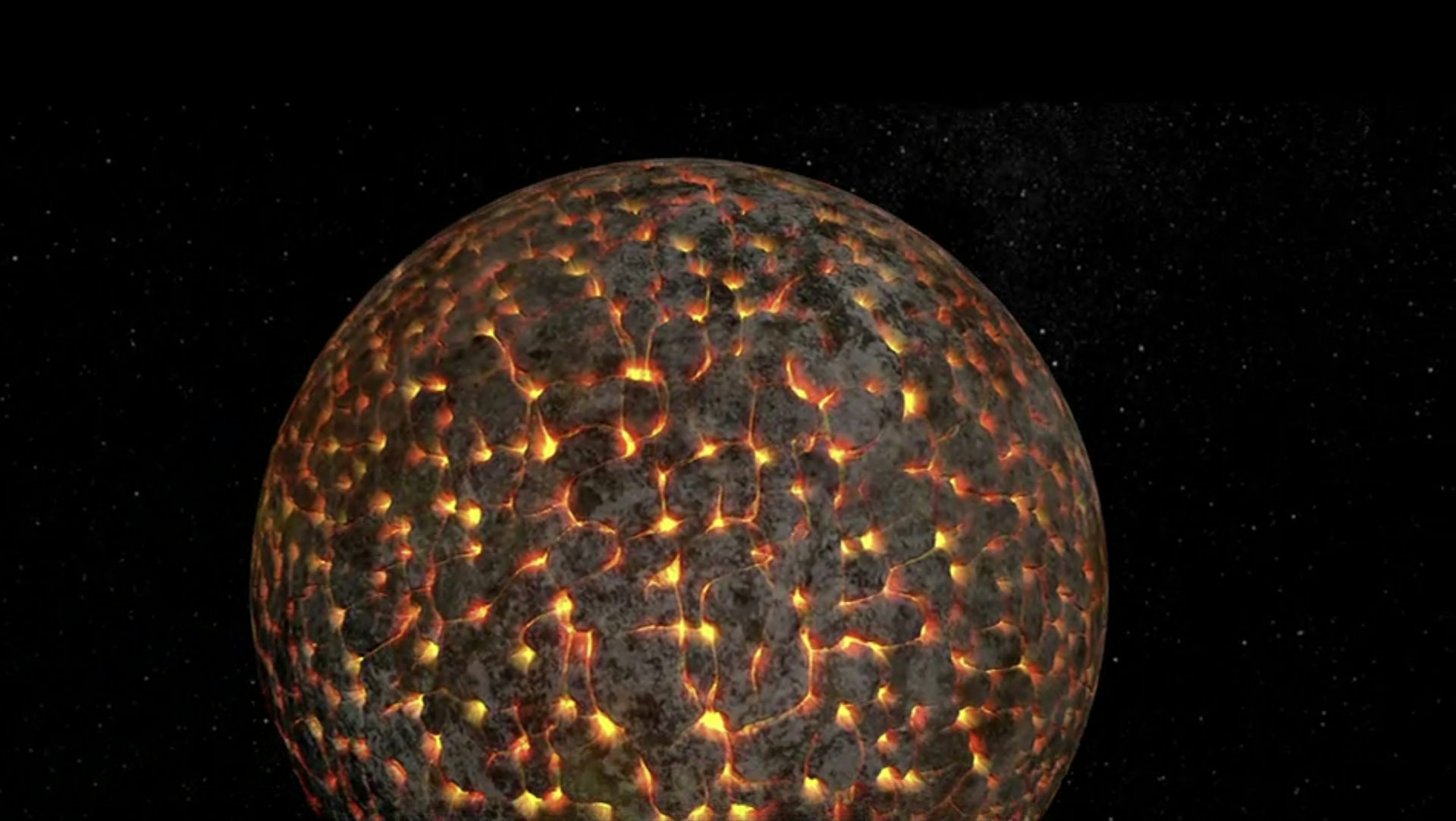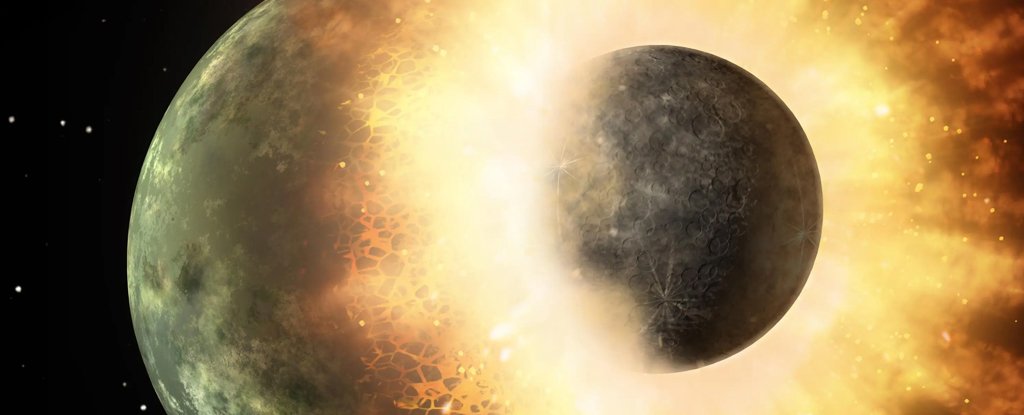
Extreme solar storms could spell disaster for our highly technological society because they have the potential to damage satellites and bring down communications networks and global electricity grids.

Researchers at MIT suggest that the microscopic "primordial black holes" could be blasting through our solar system at least once a decade.

The rings of Saturn are some of the most famous and spectacular objects in the Solar System. Earth may once have had something similar.

The hidden Mars structures are mysterious because they appear to be significantly denser than their surroundings.

Recent images reveal a newly formed volcano. It is complete with multiple expansive lava flows and surrounding volcanic deposits, spanning an area of approximately 180 by 180 km — an impressive addition to Io’s volatile surface.

Volcanoes were erupting on the Moon as recently as 120 million years ago, evidence collected by a Chinese spacecraft suggests.

The new study seems to confirm that molten magma covered the Moon's surface shortly after its formation.

A thorough investigation published in May 2023 found that the inner core of the Moon is, in fact, a solid ball with a density similar to that of iron.

Experts record a record-breaking number of sunspots on the surface of our home star during the month of August.

Using data from NASA's James Webb Space Telescope, astronomers have confirmed hydroxyl molecules on the surface of the metallic asteroid Psyche.

New data about the Martian crust gathered by NASA's InSight lander allowed geophysicists to estimate that the amount of groundwater could cover the entire planet to a depth of between 1 and 2 km.

The European Space Agency's Gaia mission spotted hundreds of potential moons, orbiting around more than 350 previously unknown asteroids lurking within the solar system.

Venus and Earth seem like twins who, through dramatically different circumstances and choices, ended up leading dramatically different lives.

The origins of the Moon have been the cause of many a scientific debate over the years but more recently we seem to have settled on a consensus.

Researchers has recently found that nearby storms would strengthen the Great Red Spot, increasing its size. The current shrinking spot may be due to a lack of smaller storms in its diet.